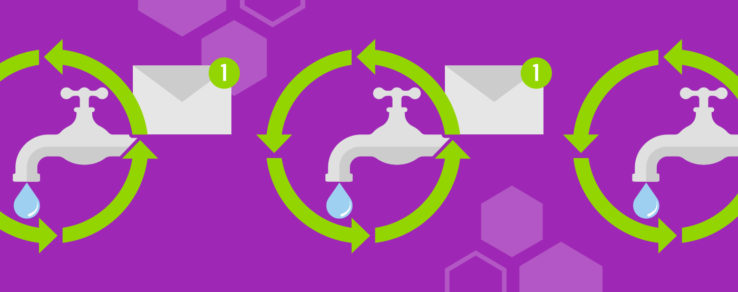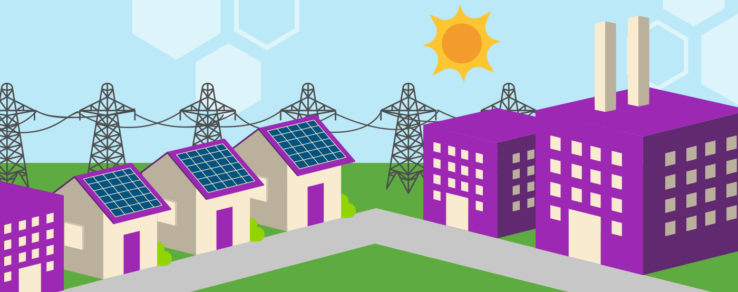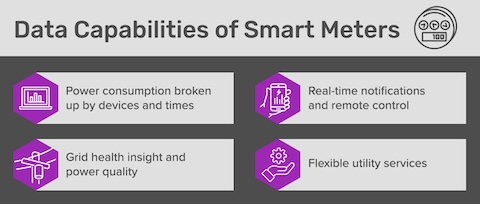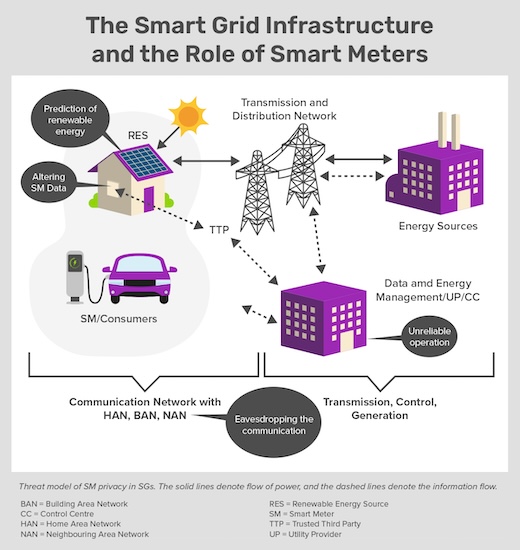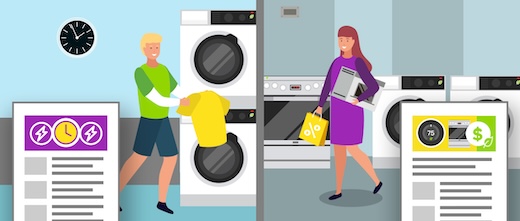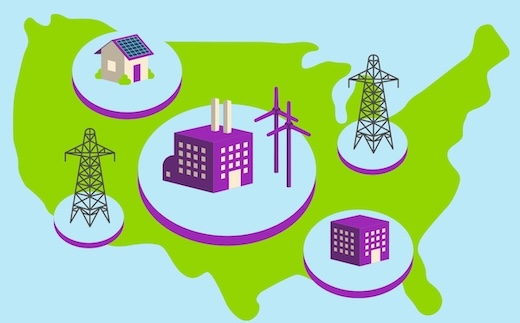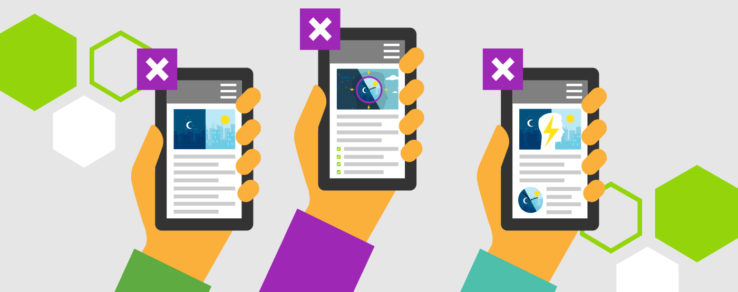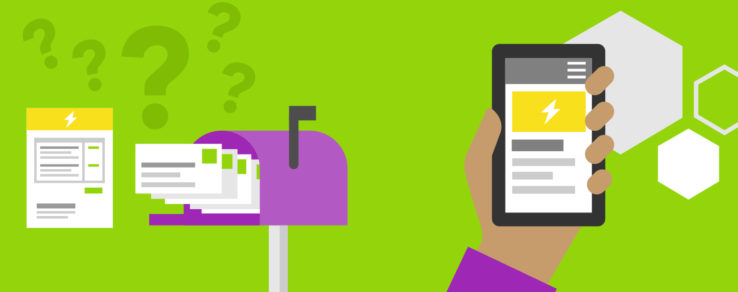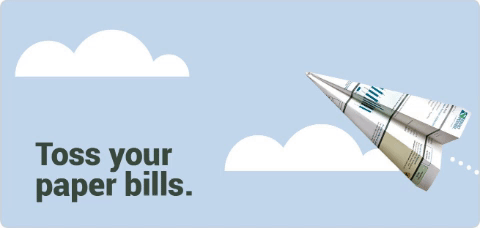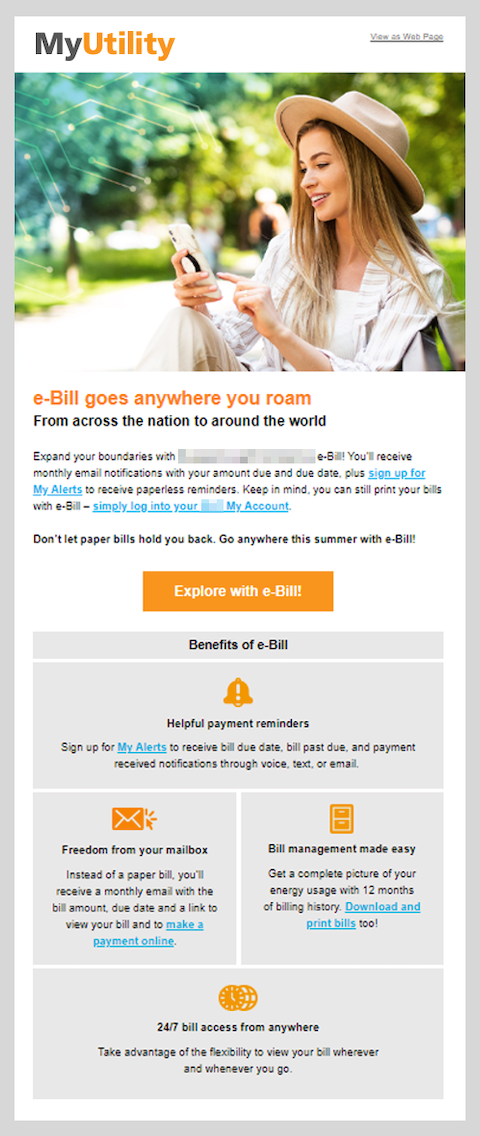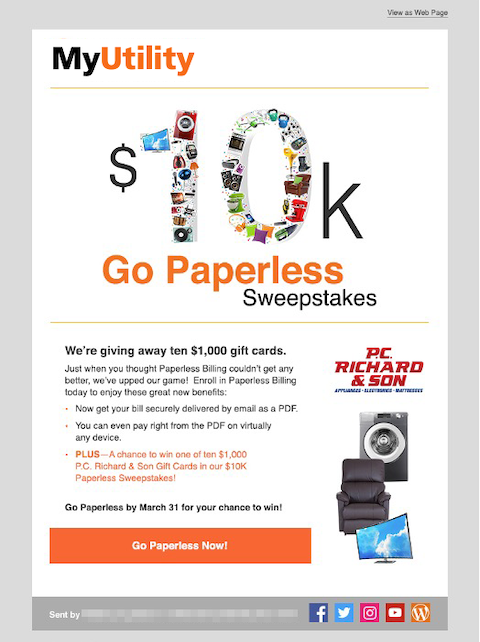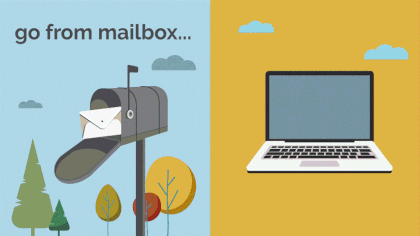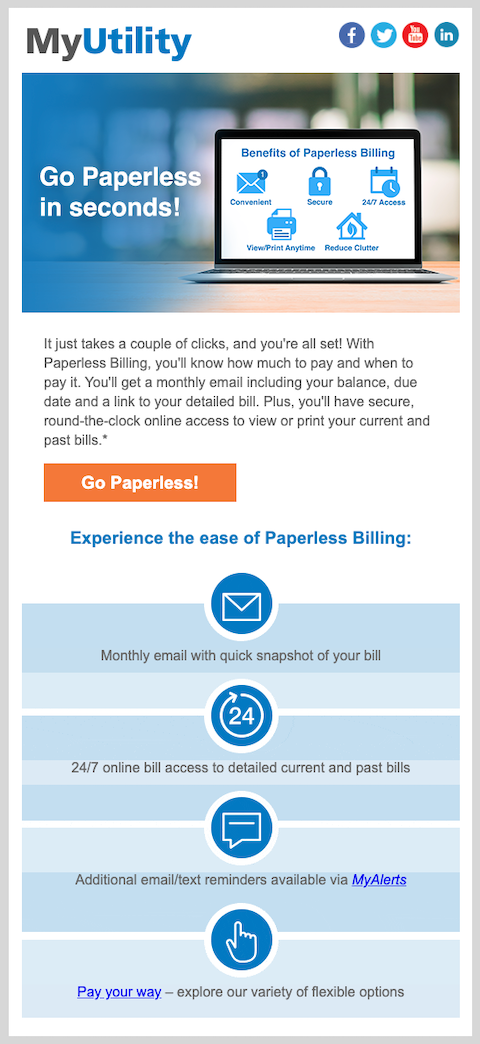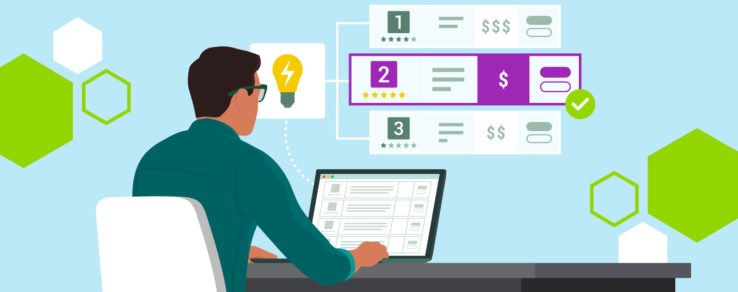Water is the most important natural resource, yet many customers are unaware of the benefits of conserving it. Over the past two decades, more than 50% of the United States regularly experienced drought conditions due to the water supply running low.
As water conservation concerns grow, now is the time for water utilities to connect with customers and explain the reasons to conserve water.
“With monthly rates continuing to rise and the water supply running dangerously low in many parts of the country, there has never been a more critical time for water utilities to proactively communicate with their customers,” said Andrew Heath, Senior Director of Utilities Intelligence at J.D. Power in a recent press release.
Share the Facts About Water Conservation
Many customers don’t pay attention to their water consumption or realize the strong impact that water conservation efforts could have on both their daily lives and their communities. It’s up to utilities to share that essential information.
According to the U.S. Environmental Protection Agency (EPA), Americans use around 82 gallons of water every day in their homes.
To pique customers’ interest, utilities should share facts about water conservation. For example, many customers may not know that turning off the tap while brushing their teeth can save 8 gallons of water per day. Or, if saving water isn’t enough, focus on saving money. Sharing how much a customer could save off their bills by conserving water or making efficient upgrades can do wonders to capturing their attention.
When customers understand the reasons to conserve water, and how it directly impacts their communities, the environment and their health, they are more likely to make a conscious effort to participate.
As a trusted source of information, there are many ways a utility can communicate facts about water conservation. For example, your utility can share an infographic explaining how water conservation goes hand-in-hand with reducing monthly bills and preserving a limited community resource, or an educational fact sheet about how saving water helps maintain water quality.
Consider communicating facts about water conservation through:
- Newsletters
- Short-form videos
- Infographics
- Educational fact sheets
- Webinars
- Community events
- Social media
Compelling Reasons to Conserve Water
In addition to presenting facts about water conservation, it’s also important to communicate the benefits of conserving water so customers understand how it directly impacts them. Some of customers’ biggest motivators include:
- Financial savings: It’s no secret that customers are motivated by money; they want to save on costs and reduce their monthly water bills. By highlighting the potential cost savings, they are more likely to engage with your utility’s conservation messaging and participate in water-saving efforts.
- Community impact: Some customers may be driven by the desire to benefit their own community. This is especially true if their utility is a municipal or cooperative, as community engagement is already a proven priority. To reach these customers, share the impact they can make on their community by conserving water.
- Sustainability focus: Many customers value sustainability and want to implement sustainable practices into their daily lives. Showing customers how their actions, like reducing water waste and usage, directly contribute to a healthier environment, can make them feel more empowered to reduce their water footprint.
Actionable Strategies for Conserving Water
Once your utility has helped customers understand the reasons to conserve water, it’s important to give them actionable strategies for how to do so. Again, education is key. Don’t assume that customers already know how to save water. It’s important to provide them with achievable water-saving tactics, including:
- Being mindful of household leaks: Do your customers know that household leaks are one of the main causes for water waste? In fact, the average family wastes around 180 gallons per week, or 9,400 gallons of water annually. Connecting this fact to how much money customers are spending encourages them to pay more attention to leaks. Additionally, use this knowledge gap to provide customers with tips and tricks to detect and address leaks.
- Installing water-efficient fixtures and appliances: Installing water-efficient products can help customers use at least 20% less water. As their trusted resource, customers look to you to guide them about the best products to purchase and upgrades to make within their homes. If your utility has a marketplace, promote your water efficiency items to customers and direct them to other rebates or incentives.
- Reducing outdoor irrigation system usage: Nearly 30% of household water use is devoted to the outdoors, and 50% of the water used outdoors is lost due to wind, evaporation, and runoff caused by inefficient irrigation methods and systems, according to the EPA. Use this as an opportunity to educate customers on the benefits of using timers, sensors and checking for outdoor leaks often. Depending on your utility’s location, this could be a great opportunity to share additional resources pertaining to your specific climate or environment.
By educating customers about the importance and benefits of water conservation, as well as providing practical tips for water-saving practices, your utility can empower customers to take control of their water usage.
How to Promote the Benefits of Conserving Water
Although we live in a digital age, it’s important to connect with customers across all channels and mediums. The San Jose Water Company does just this by hosting in-person community events, school programs and civic presentations to educate its community about water conservation.
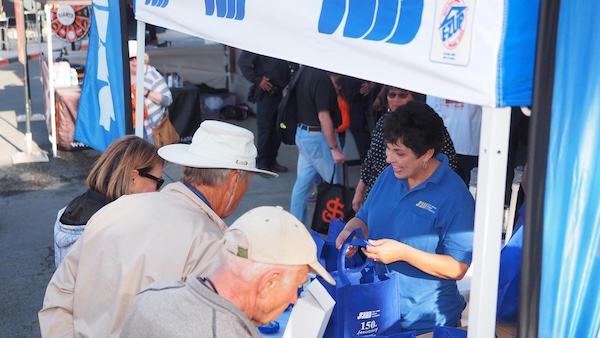
Its in-person events are an effective way to get the community to understand the power of preserving water resources and offer customers an opportunity to ask questions or share their challenges. Additionally, the school programs help kids start thinking about their role in helping to save water and encourage them to bring water conservation ideas and tips home to their families.
The utility even hosts “Water Appreciation Nights” at local football and baseball games, furthering the reach of their conservation messaging.
Additionally, the utility offers CATCH, a free program where customers can sign up for a water efficiency expert to visit their homes. This expert will help identify leaks and will recommend individualized water and money-saving improvements. By making water conservation accessible for its customers in many unique ways, the San Jose Water Company is able to connect with its customers and share the facts and benefits of saving water.
The Los Angeles Department of Water & Power (LADWP) also actively promotes water conservation to its customers and offers a comprehensive range of resources aimed at educating them about the reasons to conserve water and methods to do so effectively.
LADWP offers a wide array of educational resources for customers, including free workshops through its outdoor landscaping academy, Los Angeles Outdoor Landscape Academy (LAOLA). LAOLA aims to educate customers on sustainable landscaping strategies such as turf removal, water-efficient irrigation and groundwater infiltration.
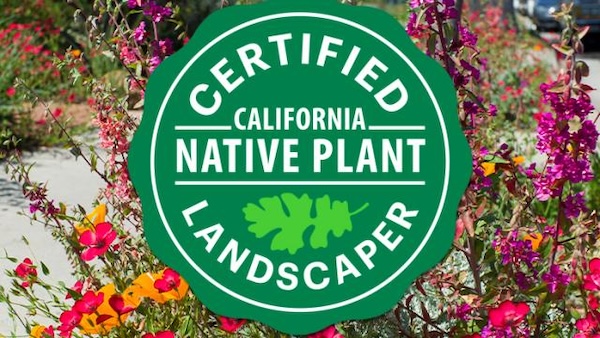
Additionally, the utility offers rebates and incentive programs that encourage efficient water use and sustainable landscaping for residential and business customers, including rebates for appliances and irrigation equipment. Customers can also take advantage of free water conservation equipment, like faucet aerators, showerheads and toilet leak detection dye tablets.
These water conservation efforts can go a long way. In fact, L.A.’s current per capita water is among one of the lowest in any major U.S. city.
Show Your Utility Customers the Benefits of Conserving Water
Water conservation is a collective effort, requiring effort from utilities and their customers. Utilities must be willing to work diligently to educate customers about the benefits of conserving water. In doing so, utilities will encourage and empower its customers to be active participants in preserving this important community resource. Together, utilities and customers can share the load in reducing water usage.
